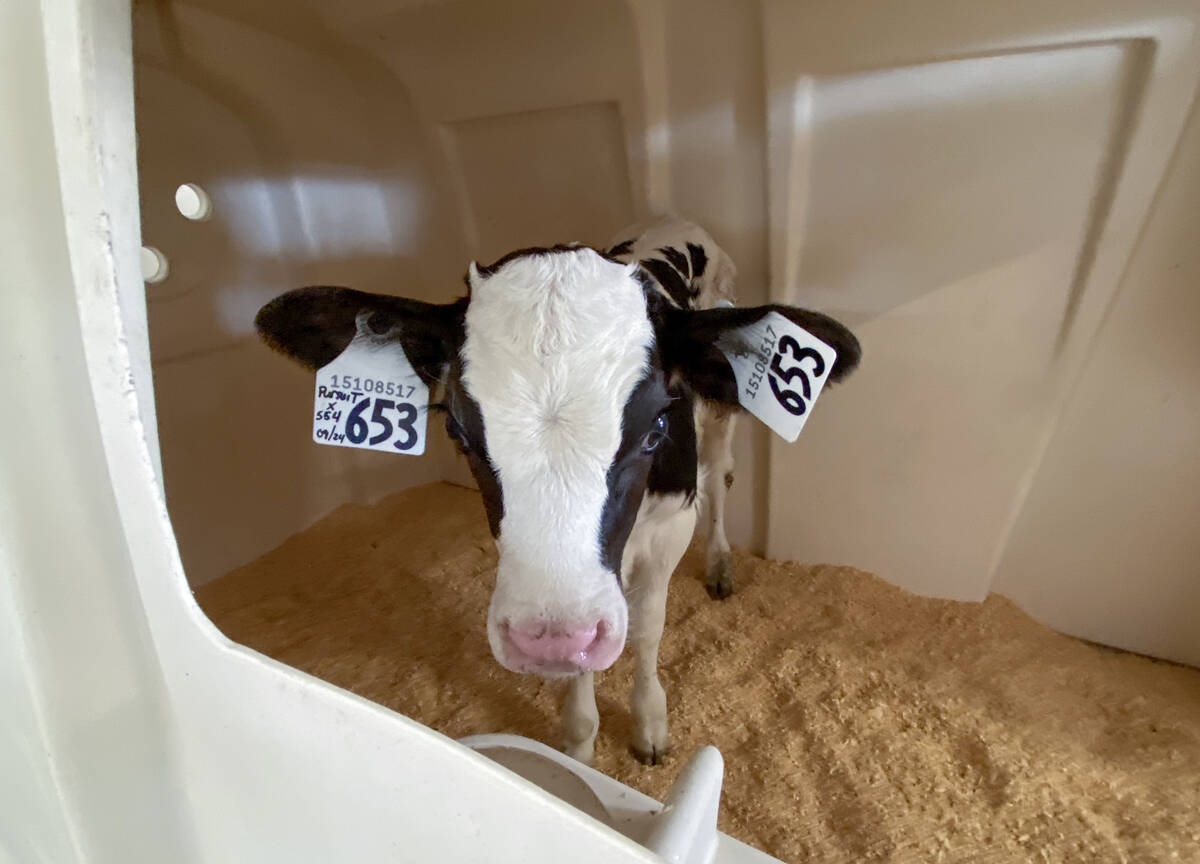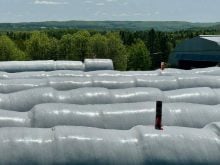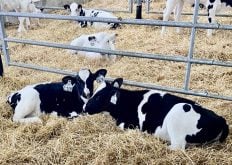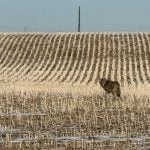Lactanet’s new fee-for-service breeding tool initiative to reduce greenhouse gas emissions in Canadian and Swiss Holstein herds will launch in April 2026.
Why it matters: Securing a deal to collaborate on the ME index with another country’s genetics organization opens a new, innovative revenue source for Lactanet.
During the Canadian dairy data and genetic evaluation organization’s recent Open Industry Session webinar, Allison Fleming, Lactanet’s manager of Genetic Evaluation Services, delivered a “Two-country Methane Efficiency Evaluation” update.
Fleming announced a new partnership with Switzerland’s Qualitas, the country’s market leader in breeding value evaluation, to publish a genetic index assessing the potential for reduced methane emissions from the offspring of each animal.
She highlighted Lactanet’s reputation as a global leader in mapping the genetic relationships involved in dairy cattle’s conversion of feed into methane.
Read Also
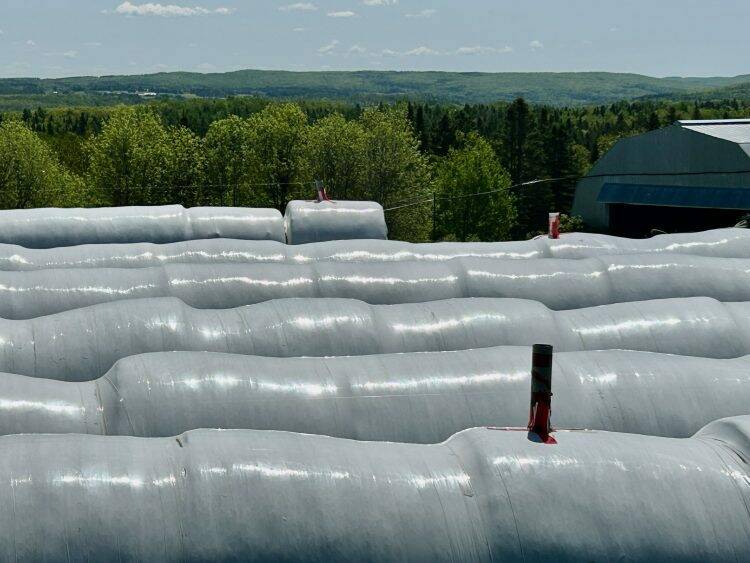
How a Quebec farmer uses fishing lines to solve his crow problem
A Quebec farmer uses fishing line to deter crows from landing on silage bags.
Using methane-emission-tracking research on cows and a link between methane emissions and mid-infrared (MIR) analysis of milk, Lactanet collected MIR data from approximately 700,000 first-lactation Holsteins in the early 2020s.
This led to the first-ever publication of a Methane Efficiency (ME) breeding index — a rating system incorporated into the Canadian dairy genetics sector’s LPI (lifetime performance index) formula as part of the Environmental Impact Index — in April 2023.
Since then, Canadian dairy industry organizations have promoted a “Dairy Net Zero” goal of decreasing Canada’s dairy production carbon footprint by 2050, and, internationally, “sustainability remains a very forefront topic,” Fleming noted.
Genetics key for reducing methane
Lactanet’s ME index success supports the argument that genetics is one of the most effective strategies for achieving those goals.
“We really are a leader in this area and are in a position where we can give assistance to other countries that are looking to make gains,” she said.
Lactanet ME is still based on Canadian data, with Qualitas using Swiss Holstein MIR to inform its ME index.
Fleming said Canadian and Swiss Holstein herd genetics aren’t significantly different, with milk fat and protein ratios generally similar between the two. Studies indicate that in grams-per-day Canadian methane emissions are slightly higher, but that’s mainly attributed to our higher milk production.
Also, due to different management styles, there is seasonal variation in a higher proportion of Swiss milk production compared to the average Canadian dairy. Because of these differences and others, it remains uncertain whether the level of dissimilarity in MIR data between Canada and Switzerland could lead to changes in the Canadian breeding index.
Lactanet estimates that, because of the Swiss collaboration, 345 additional Holstein bulls will receive an official ME evaluation based on the number of offspring they have in the Swiss herd.
Additionally, there may be changes to the ME ratings for 553 bulls already having official ME evaluations in Canada due to the presence of their offspring in Switzerland.
Fleming clarified that most bulls available to Canadian breeders will experience little or no change in their ME rating due to the Swiss collaboration, but “there will be a few that could see significant change.”
To clarify the Swiss MIR numbers, she added, “We’ve done a lot of the background work, but now we’re looking at the potential for changes as a result of this new data.”
On the female side, “in general,” she said, “we should see little or no changes to the cow evaluations” in the Canadian index regardless of the Swiss MIR numbers.
When asked by an OIS attendee about the relationship between Lactanet and Qualitas, Lactanet’s Chief Services Officer Brian Van Doormaal explained that it is a fee-for-service agreement.
“It’s not a per-animal fee,” whereby a price would be paid for every new animal covered by the index, Van Doormaal said.
“Qualitas is getting a service from (Lactanet) and is paying for that service.”




